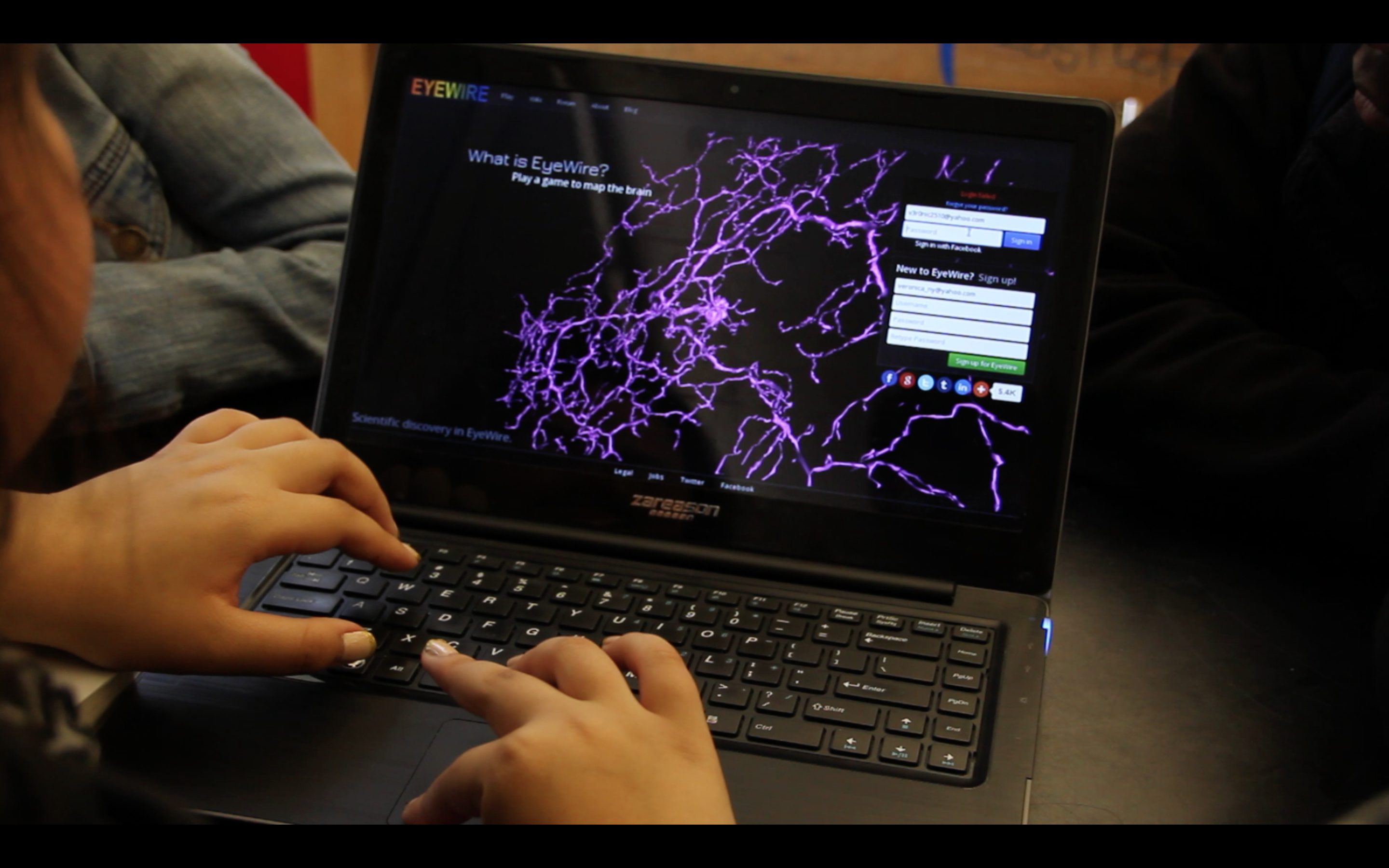|
Craspedotropis Gretathunberga
''Craspedotropis gretathunbergae'' is a species of snail in the family Cyclophoridae. The species was discovered in Brunei by a team of citizen scientists and subsequently named after climate activist Greta Thunberg. Taxonomy After the discovery of the species, a vote was conducted among the members of the expedition and the staff of the national park, and a decision was made to name it after Greta Thunberg. According to the scientists, this was a "way of acknowledging that her generation will be responsible for fixing problems that they did not create". The holotype was collected by citizen scientist J.P. Lim. This is the second animal, after ''Nelloptodes gretae'', to be named after Greta Thunberg. Description The species is 2 mm long and 1mm wide, with a concave shell, and grey tentacles. It is green-brown in color. Habitat and distribution The species is endemic to Brunei. Specimens of the species were found on a steep hill, next to a river bank, while foraging ... [...More Info...] [...Related Items...] OR: [Wikipedia] [Google] [Baidu] |
Animalia
Animals are multicellular, eukaryotic organisms in the biological kingdom Animalia. With few exceptions, animals consume organic material, breathe oxygen, are able to move, can reproduce sexually, and go through an ontogenetic stage in which their body consists of a hollow sphere of cells, the blastula, during embryonic development. Over 1.5 million living animal species have been described—of which around 1 million are insects—but it has been estimated there are over 7 million animal species in total. Animals range in length from to . They have complex interactions with each other and their environments, forming intricate food webs. The scientific study of animals is known as zoology. Most living animal species are in Bilateria, a clade whose members have a Symmetry in biology#Bilateral symmetry, bilaterally symmetric body plan. The Bilateria include the protostomes, containing animals such as nematodes, arthropods, flatworms, annelids and molluscs, and th ... [...More Info...] [...Related Items...] OR: [Wikipedia] [Google] [Baidu] |
Mollusca
Mollusca is the second-largest phylum of invertebrate animals after the Arthropoda, the members of which are known as molluscs or mollusks (). Around 85,000 extant species of molluscs are recognized. The number of fossil species is estimated between 60,000 and 100,000 additional species. The proportion of undescribed species is very high. Many taxa remain poorly studied. Molluscs are the largest marine phylum, comprising about 23% of all the named marine organisms. Numerous molluscs also live in freshwater and terrestrial habitats. They are highly diverse, not just in size and anatomical structure, but also in behaviour and habitat. The phylum is typically divided into 7 or 8 taxonomic classes, of which two are entirely extinct. Cephalopod molluscs, such as squid, cuttlefish, and octopuses, are among the most neurologically advanced of all invertebrates—and either the giant squid or the colossal squid is the largest known invertebrate species. The g ... [...More Info...] [...Related Items...] OR: [Wikipedia] [Google] [Baidu] |
Gastropoda
The gastropods (), commonly known as snails and slugs, belong to a large taxonomic class of invertebrates within the phylum Mollusca called Gastropoda (). This class comprises snails and slugs from saltwater, from freshwater, and from land. There are many thousands of species of sea snails and slugs, as well as freshwater snails, freshwater limpets, and land snails and slugs. The class Gastropoda contains a vast total of named species, second only to the insects in overall number. The fossil history of this class goes back to the Late Cambrian. , 721 families of gastropods are known, of which 245 are extinct and appear only in the fossil record, while 476 are currently extant with or without a fossil record. Gastropoda (previously known as univalves and sometimes spelled "Gasteropoda") are a major part of the phylum Mollusca, and are the most highly diversified class in the phylum, with 65,000 to 80,000 living snail and slug species. The anatomy, behavior, feeding, a ... [...More Info...] [...Related Items...] OR: [Wikipedia] [Google] [Baidu] |
Cyclophoridae
Cyclophoridae is a taxonomic family of small to large tropical land snails with an operculum, terrestrial gastropod mollusks in the order Architaenioglossa belonging to the subclass Caenogastropoda (according to the taxonomy of the Gastropoda by Bouchet & Rocroi, 2005). This diverse family with many species is now limited to the representatives in the tropics and subtropics of the Old and New World. Their fossil history dates back through the Early Tertiary to the Cenomanian age of the Cretaceous. Description The dextral shells are mostly of small and rarely medium size. The form of the shell varies from discoidal to turbinate. The round aperture is often modified, sometimes with an incision or a constriction. The last whorl can sometimes be disconnected and then extends strongly from the winding plane. The operculum is generally circular, which can be retracted deeply into the shell. Its form is multispiral and can be calcified or lacking calcareous overlay. The oute ... [...More Info...] [...Related Items...] OR: [Wikipedia] [Google] [Baidu] |
Craspedotropis
''Craspedotropis'' is a genus of land snails in the family Cyclophoridae. Species Species in the genus include: * '' Craspedotropis andrei'' Vermeulen, 1999 * '' Craspedotropis bilirata'' Beddome, 1875 * '' Craspedotropis borneensis'' Godwin-Austen, 1889 * '' Craspedotropis cuspidata'' Benson, 1851 * '' Craspedotropis fimbrata'' Godwin-Austen, 1875 * '' Craspedotropis gretathunberga'' M. Schilthuizen, JP Lim, ADP van Peursen, M. Alfano, AB Jenging, D. Cicuzza, A. Escoubas, P. Escoubas, U. Grafe, J. Ja, P. Koomen, A. Krotoski, D. Lavezzari, L. Lim, R. Maarschall, F. Slik, D. Steele, DTW Ting, I. van Zeeland, I. Njunjić, 2020 * '' Craspedotropis juvenilis'' Vermeulen, 1999 * '' Craspedotropis salemensis'' Beddome, 1875 ;Species brought into synonymy: * † ''Craspedotropis resurrecta'' Oppenheim, 1890: synonym of † '' Tropidogyra resurrecta'' (Oppenheim, 1890) (new combination) References External links Blanford W.T. (1864). On the classification of the Cyclostomacea o ... [...More Info...] [...Related Items...] OR: [Wikipedia] [Google] [Baidu] |
Brunei
Brunei ( , ), formally Brunei Darussalam ( ms, Negara Brunei Darussalam, Jawi alphabet, Jawi: , ), is a country located on the north coast of the island of Borneo in Southeast Asia. Apart from its South China Sea coast, it is completely surrounded by the Malaysian state of Sarawak. It is separated into two parts by the Sarawak district of Limbang District, Limbang. Brunei is the only sovereign state entirely on Borneo; the remainder of the island is divided between Malaysia and Indonesia. , its population was 460,345, of whom about 100,000 live in the Capital city, capital and largest city, Bandar Seri Begawan. The government of Brunei, government is an absolute monarchy ruled by its Sultan of Brunei, Sultan, entitled the Yang di-Pertuan Negara, Yang di-Pertuan, and implements a combination of English common law and sharia law, as well as general Islamic practices. At the peak of the Bruneian Empire, Bolkiah, Sultan Bolkiah (reigned 1485–1528) is claimed to have had contro ... [...More Info...] [...Related Items...] OR: [Wikipedia] [Google] [Baidu] |
Citizen Science
Citizen science (CS) (similar to community science, crowd science, crowd-sourced science, civic science, participatory monitoring, or volunteer monitoring) is scientific research conducted with participation from the public (who are sometimes referred to as amateur/nonprofessional scientists). There are variations in the exact definition of citizen science, with different individuals and organizations having their own specific interpretations of what citizen science encompasses. Citizen science is used in a wide range of areas of study, with most citizen science research publications being in the fields of biology and conservation. There are different applications and functions of citizen science in research projects. Citizen science can be used as a methodology where public volunteers help in collecting and classifying data, improving the scientific community's capacity. Citizen science can also involve more direct involvement from the public, with communities initiating proj ... [...More Info...] [...Related Items...] OR: [Wikipedia] [Google] [Baidu] |
Greta Thunberg
Greta Tintin Eleonora Ernman Thunberg (; born 3 January 2003) is a Swedish environmental activist who is known for challenging world leaders to take immediate action for climate change mitigation. Thunberg's activism began when she persuaded her parents to adopt lifestyle choices that reduced their own carbon footprint. In August 2018, at age 15, she started spending her Fridays outside the Swedish Parliament to call for stronger action on climate change by holding up a sign reading ' ( School strike for climate). Thunberg initially gained notice for her youth and her straightforward and blunt speaking manner, both in public and to political leaders and assemblies, in which she criticizes world leaders for their failure to take what she considers sufficient action to address the climate crisis. Soon other students engaged in similar protests in their own communities. Together they organized a school climate strike movement under the name '' Fridays for Future''. After Thunb ... [...More Info...] [...Related Items...] OR: [Wikipedia] [Google] [Baidu] |
Nelloptodes Gretae
''Nelloptodes gretae'' is a species of beetle in the family Ptiliidae. It was described in October 2019 and named after the environmental activist Greta Thunberg. Its long antennae bear a passing resemblance to her braided pigtails. Description The beetle is pale yellow and gold, and measures 0.79 millimetres long. It has no eyes or wings, and is distinguishable by a small pit found between where the eyes should go. Usually found in the leaf litter and soil, they feed on fungal hyphae and spores. Distribution The newly described species was described from material originally collected in Kenya sometime between 1964 and 1965 by entomologist William C. Brock, who took samples of soil from around East Africa which were stored in the Museum's collections. This species is one of nine within the newly erected genus ''Nelloptodes'' from these samples. See also * ''Craspedotropis gretathunbergae ''Craspedotropis gretathunbergae'' is a species of snail in the family Cyclophorid ... [...More Info...] [...Related Items...] OR: [Wikipedia] [Google] [Baidu] |
List Of Organisms Named After Famous People (born 1950–present)
In biological nomenclature, organisms often receive scientific names that honor a person. A taxon (e.g. species or genus; plural: taxa) named in honor of another entity is an eponym, eponymous taxon, and names specifically honoring a person or persons are known as patronym (taxonomy), patronyms. Scientific names are generally formally published in peer-reviewed journal articles or larger monographs along with descriptions of the named taxa and ways to distinguish them from other taxa. Following rules of Latin grammar, species or subspecies names derived from a man's name often end in ''-i'' or ''-ii'' if named for an individual, and ''-orum'' if named for a group of men or mixed-sex group, such as a family. Similarly, those named for a woman often end in ''-ae'', or ''-arum'' for two or more women. This list is part of the list of organisms named after famous people, and includes organisms named after famous individuals born on or after the 1st of January 1950. It also includes ense ... [...More Info...] [...Related Items...] OR: [Wikipedia] [Google] [Baidu] |
Gastropods Described In 2020
The gastropods (), commonly known as snails and slugs, belong to a large taxonomic class of invertebrates within the phylum Mollusca called Gastropoda (). This class comprises snails and slugs from saltwater, from freshwater, and from land. There are many thousands of species of sea snails and slugs, as well as freshwater snails, freshwater limpets, and land snails and slugs. The class Gastropoda contains a vast total of named species, second only to the insects in overall number. The fossil history of this class goes back to the Late Cambrian. , 721 families of gastropods are known, of which 245 are extinct and appear only in the fossil record, while 476 are currently extant with or without a fossil record. Gastropoda (previously known as univalves and sometimes spelled "Gasteropoda") are a major part of the phylum Mollusca, and are the most highly diversified class in the phylum, with 65,000 to 80,000 living snail and slug species. The anatomy, behavior, feeding, and reproduct ... [...More Info...] [...Related Items...] OR: [Wikipedia] [Google] [Baidu] |






